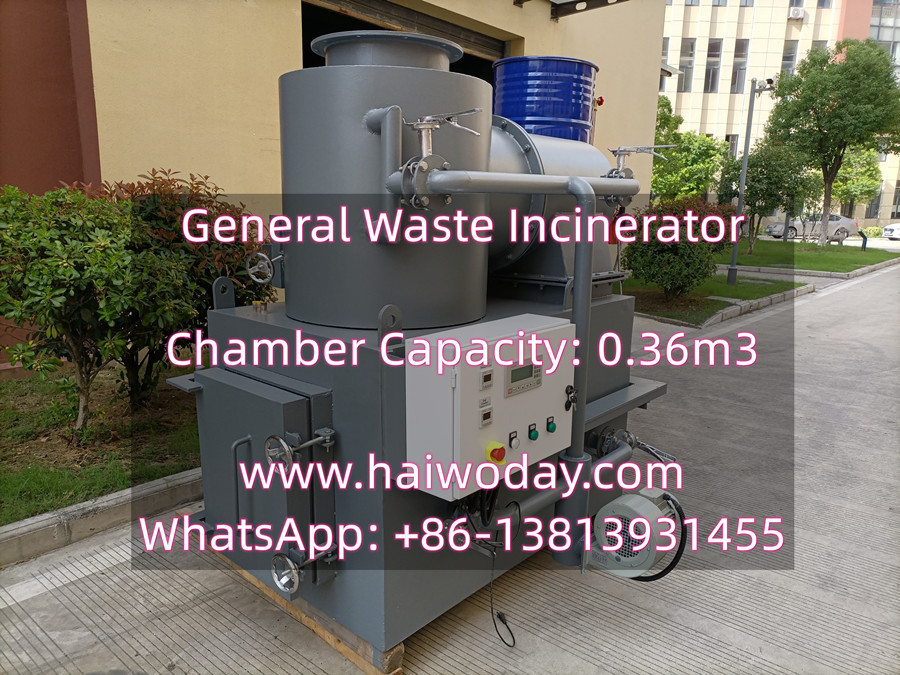Incineration is a controversial topic that often sparks debates and concerns. Many people worry about the environmental and health impact of incinerating different types of materials, particularly when it comes to hazardous waste. However, there are many myths and misconceptions surrounding incineration that need to be addressed in order to have a clear understanding of its implications.
One of the most common myths about incineration is that it releases harmful pollutants into the atmosphere. While it is true that incineration does produce emissions, modern incineration facilities are equipped with advanced pollution control technologies that effectively reduce the release of harmful substances. These facilities are required to meet strict environmental regulations and are subject to regular monitoring to ensure compliance.
Another concern often raised is the potential for toxic substances to be released when incinerating hazardous waste. In reality, hazardous waste incineration is carefully regulated and closely monitored to ensure that harmful substances are properly handled and neutralized. Incineration is often considered a safer and more effective method of disposing of hazardous waste compared to traditional landfilling or other methods.
Additionally, there is a common misconception that incineration contributes to global warming. While it is true that incineration releases carbon dioxide, the overall impact on greenhouse gas emissions is often less than other forms of waste disposal. Landfills, for example, release methane, a potent greenhouse gas, as organic waste decomposes. By incinerating waste, the amount of material being sent to landfills is reduced, which in turn decreases the methane emissions.
It is also important to address concerns about the risk of incinerating different types of materials, such as plastics and electronic waste. Many people worry about the potential for toxic substances to be released during the combustion of these materials. However, modern incineration technology is capable of efficiently and safely incinerating a wide range of materials, including plastics and electronic waste, while minimizing the release of harmful substances.
Furthermore, incineration can also have positive impacts on the environment. It reduces the volume of waste, conserves landfill space, and can even generate energy through the recovery of heat during the combustion process. This energy can be used to power homes and businesses, further reducing the reliance on fossil fuels and the associated greenhouse gas emissions.
In conclusion, incineration is a complex topic that is often surrounded by misconceptions and myths. While it is important to be mindful of the potential environmental and health impacts of incineration, it is equally important to understand that modern incineration facilities are equipped with advanced technologies to minimize emissions and ensure safe disposal of different types of materials. By debunking these myths and addressing concerns, we can have a more informed and balanced perspective on the role of incineration in waste management.



